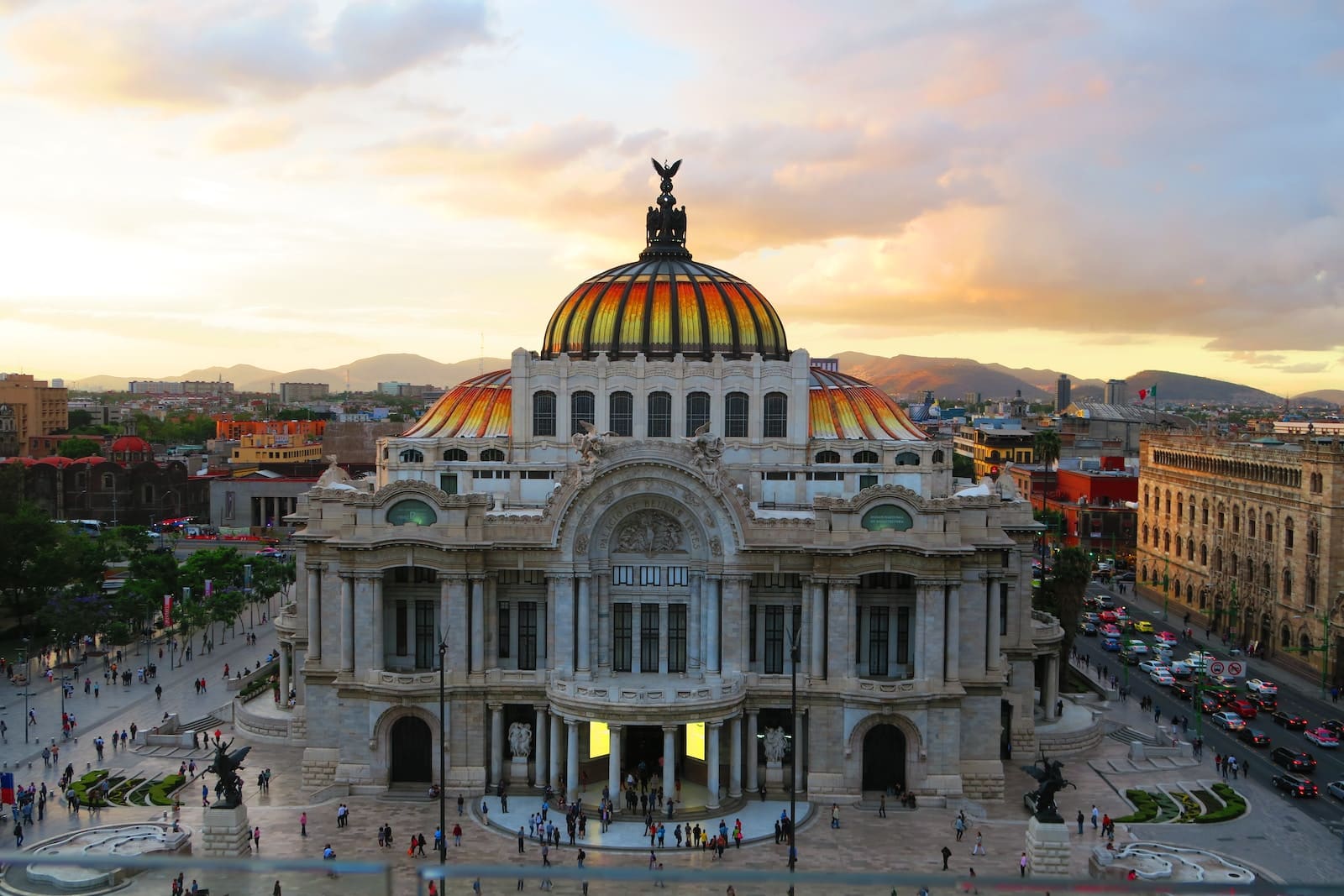Host France is among the 34 countries that have called on the International Olympic Committee to ban the participation of athletes from Russia and Belarus in the 2024 Paris Olympics, DPA reported. The USA, Great Britain and Australia are also among those who have declared against the participation of the Russian and Belarusian athletes.
In a joint statement yesterday, these countries argued that “Russia’s deliberate unprovoked and unjustified war (against Ukraine) was facilitated by the Belarusian government.”
Russian Sports Minister Oleg Matitsyn said earlier this month that it was “absolutely unacceptable” for foreign governments to try to influence the IOC.
The IOC itself confirmed last month that it intended to support sanctions against Russian and Belarusian officials ahead of the upcoming Olympics in the French capital, but added that it would consider the possibility of athletes from both countries competing under a neutral flag.
In a statement today, the 34 nations opposed to Russia and Belarus participating in the Games welcomed the IOC’s “adherence to existing sanctions” but said the proposal to participate under a neutral flag raised “many questions and concerns”.
This became clear after more than 30 countries were announced, which yesterday sent a letter to the IOC demanding sanctions. The backlash comes in response to the headquarters’ plans to allow athletes from Russia and Belarus to compete under a neutral flag. The list was announced by the BBC.
There is still no official decision on the case, with IOC President Thomas Bach saying that his organization is facing a big dilemma.
In addition, there was uncertainty about exactly which countries were on the list of those preparing to boycott the Olympics if the IOC did not comply with their request.
Opponents of Russia and Belarus include France, host of the 2024 Olympics and Paralympics, Japan, host of the 2021 Olympics, Italy, host of the 2026 Winter Olympics, and host USA at the 2028 Summer Olympics.
Australia had not signed the agreement, but a spokesman for the Australian Department of Sport told Reuters it was an administrative error and the government had agreed to ban the athletes.
It is also clear from the list that Bulgaria and Hungary are the only EU countries not among the signatories. Since there is no official information from either the BOK or the Ministry of Youth and Sports, who made such a decision and why.
Here are all the countries demanding sanctions against Russian and Belarusian athletes:
Austria, Belgium, Canada, Croatia, Cyprus, Czech Republic, Denmark, Estonia, Finland, France, Germany, Greece, Iceland, Ireland, Italy, Japan, Republic of Korea, Latvia, Liechtenstein, Lithuania, Luxembourg, Malta, Netherlands, New Zealand, Norway, Poland, Portugal, Romania, Slovakia, Slovenia, Spain, Sweden, United Kingdom, USA.
Photo by Frans van Heerden














